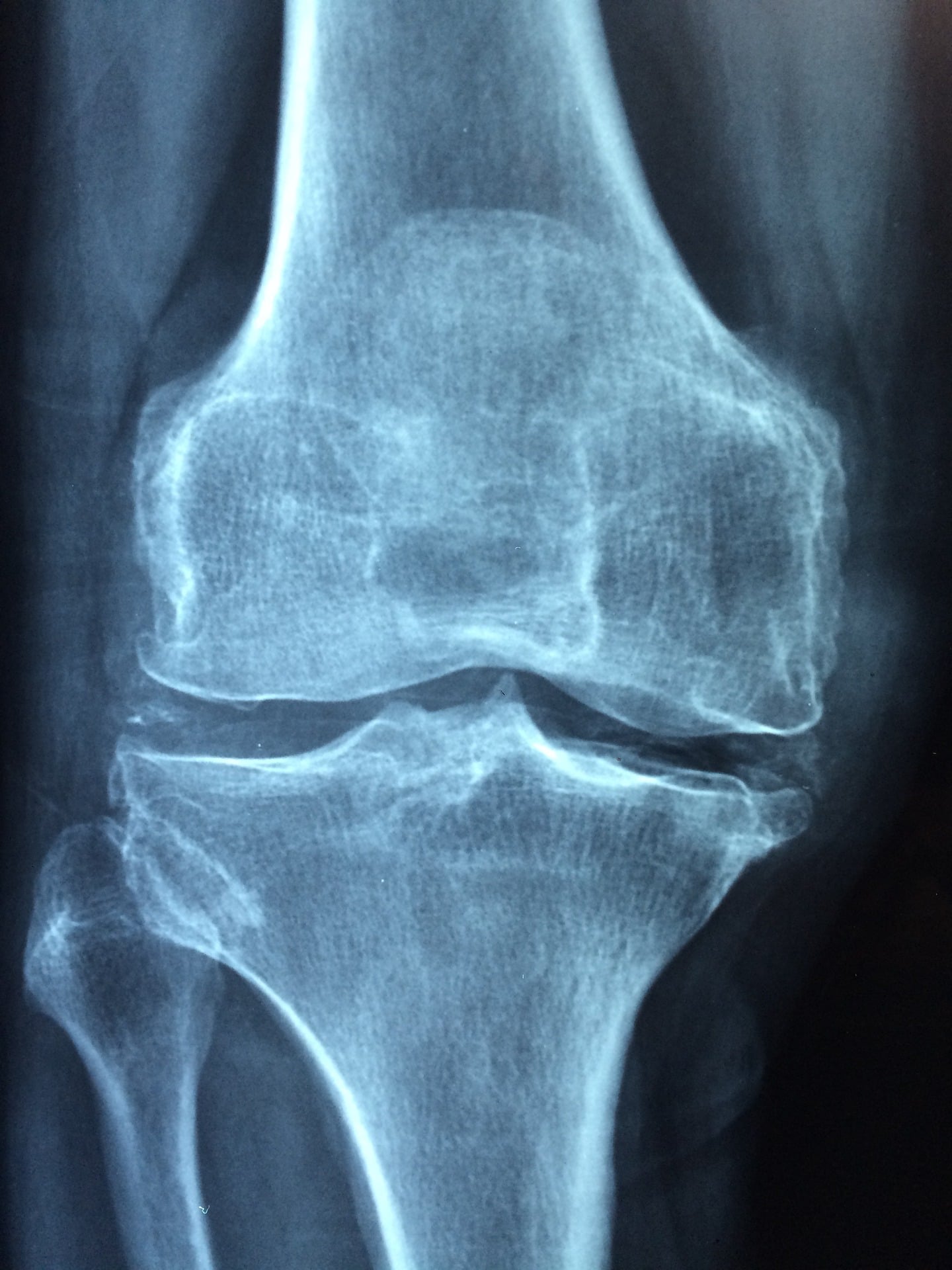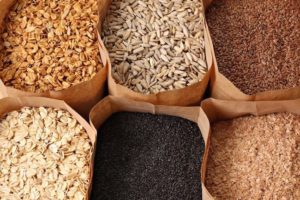5 Foods That Relieve Joint Pain

Joint Pain is one of the most common symptoms of arthritis, an inflammatory condition with a significant negative impact on a person’s quality of life. Even though this condition cannot be cured, its symptoms can be kept under control, especially through a healthy diet. In this article, we will discuss the most common foods that relieve joint pain; as you will see for yourself, these have highly-efficient anti-inflammatory properties and they can also strengthen the immune system.
Keep in mind that a balanced diet is one of the best ways to improve overall functioning and forget all about joint pain. Try the foods we have recommended, dealing with the signs and symptoms of joint pain in the most efficient manner that is possible.
 1 Fish
1 Fish
Fish is an excellent addition to your diet, especially if you suffer from joint pain caused by rheumatoid arthritis. It is highly important to understand that not all types of fish are recommended for such health problems. You need to consume fish that is rich in omega-3 fatty acids, such as salmon, herring, mackerel, and tuna. Avoid fish that contains high levels of mercury, as this can do more harm than you might think.
Omega-3 fatty acids have powerful and the best anti-inflammatory food properties, relieving the pain you are experiencing at the level of the affected joints. Moreover, they can prevent the appearance of new inflammatory episodes.
Consumed on a regular basis, fish increases the overall joint mobility and guarantees better functioning for the respective joints. It is a known fact that omega-3 fatty acids can actually counteract the effects of inflammatory substances within the body, hence the need to consume more fish.
 2 Red fruits
2 Red fruits
If you suffer from joint pain, then you should definitely consider including more red fruits in your diet. Cherries are especially recommended to those who suffer from joint pain, due to gout. They have strong anti-inflammatory properties and they can reduce both the intensity and frequency of gout attacks. The substances responsible for the anti-inflammatory effect are known as anthocyanins, being found in other red fruits as well. Among the most recommended choices, there are raspberries, strawberries, blueberries, and blackberries.
Red fruits are also high in antioxidants, protecting the inflamed joints from further damage. They reduce the inflammatory response of the body, preventing new attacks (especially in gout patients). Berries are rich in vitamin C and carotenoids, which have anti-inflammatory properties and protect against chronic conditions – heart disease, cancer – at the same time. Seasonal fruits are always recommended, as they deliver the highest amount of nutrients to the body.
3 Broccoli
Broccoli is one of the most versatile vegetables out there, is easily included in a wide array of dishes. It is rich in essential vitamins (vitamin K, C) and it also contains substances with highly powerful anti-inflammatory properties, such as sulforaphane.
It seems that this substance is capable of relieving joint pain, especially in patients who suffer from osteoarthritis. Consumed on a regular basis, broccoli can also prevent the appearance of such inflammatory conditions. Being rich in calcium, it also supports bone health.

Osteoarthritis is a condition that is often diagnosed in middle-aged adults, leading to symptoms, such as joint pain, reduced range of motion and stiffness. The condition is progressive, hence the need to find a solution/treatment to keep it under control. The daily consumption of broccoli can slow down the progression of osteoarthritis, helping patients enjoy a better quality of life.
4 Garlic
Garlic adds flavor to any meal, especially when combined with pasta, chicken or other delicious ingredients. Since the ancient of times, people have consumed garlic, not only for its unique taste but also for its beneficial properties over general health.
More recently, it was discovered that garlic can improve the symptoms of osteoarthritis, joint pain included (especially in the early stages). This is because garlic is rich in a substance, diallyl disulfide, which has anti-inflammatory properties and can prevent cartilage damage at the same time.
The good news is that garlic is not only food you can eat from the allium family, in order to deal with joint pain and its associated conditions. Apart from garlic, you can also consume onions and leeks, as these have similar properties. Moreover, they can be easily integrated into a wide range of dishes, given their delicious flavor. Garlic can also be consumed raw, so be sure to take this possibility into consideration as well.
 5 Nuts and seeds
5 Nuts and seeds
Both nuts and seeds are excellent choices for those who suffer from joint pain, as they are rich in substances with anti-inflammatory properties. Patients diagnosed with osteoarthritis or rheumatoid arthritis can benefit from the regular consumption of nuts and seeds; these are also rich in essential vitamins, mineral, and proteins, ensuring the general health of the affected joints. Among the most recommended nuts, there are walnuts, Brazilian nuts, pistachios and pine nuts. As for seeds, there are numerous options available, including sunflower and pumpkin seeds.
There is another reason for which nuts and seeds are recommended to patients dealing with joint pain. These contain a high level of healthy fats, which can protect the joints from further damage. Moreover, these can regulate the proper functioning of the immune system, improving the symptoms of arthritis and joint pain. Nuts and seeds are considered anti-inflammatory foods for all the right reasons, so you should definitely include them in your regular diet.
Final Verdict
These are some of the foods you can consume, in order to relieve joint pain and deal with the other symptoms of arthritis in an efficient manner. Keep in mind that it is just as important to limit the intake of inflammatory foods, such as refined carbs, red meat, and deep-fried food.
Avoid eating junk or fast food, as these can trigger inflammatory responses within the body as well. Drink plenty of water, in order to keep the affected joints lubricated and protect them against further damage. If the pain becomes worse, do not hesitate to talk to your doctor about additional options
